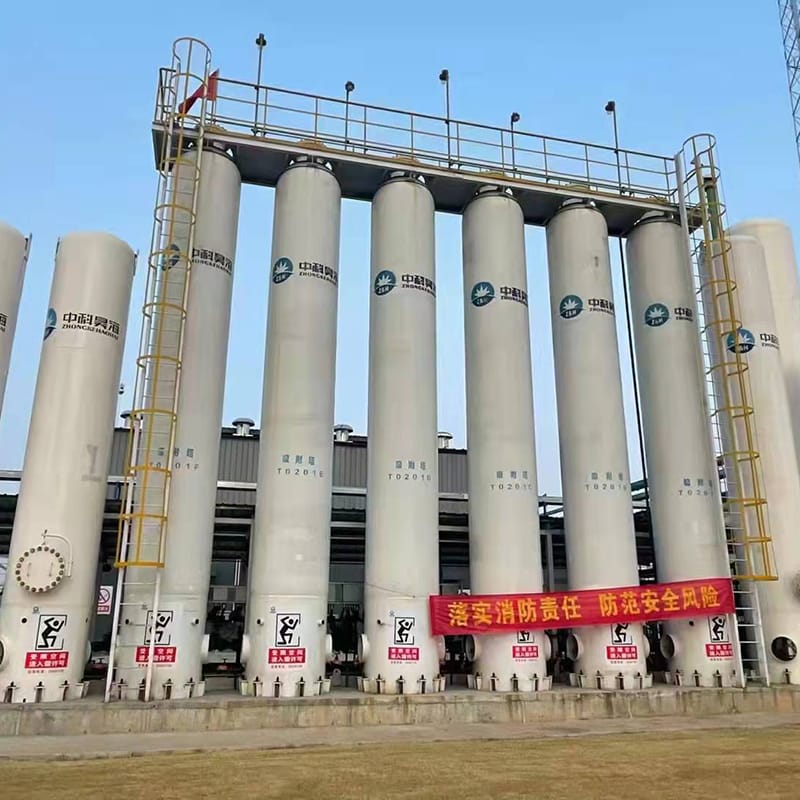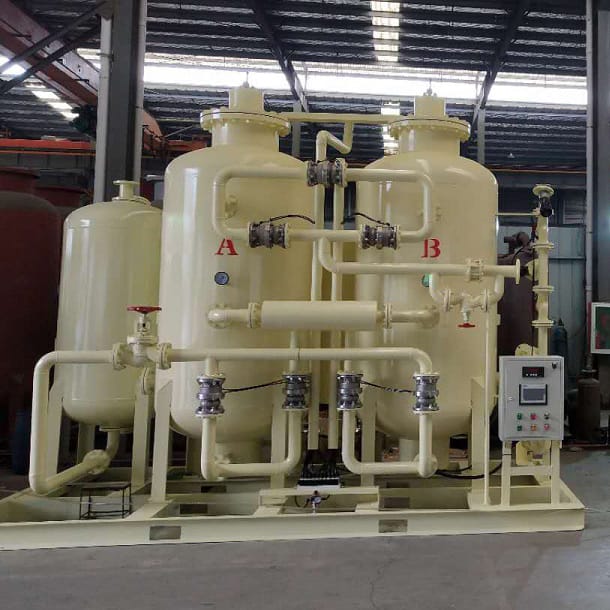Antwerp Terminal Services (ATS), a joint venture between MSC PSA Europe Terminal (MPET) and PSA Antwerp (PSAA), today officially launched the world’s first H2 dual fuel straddle carrier in the Port of Antwerp.
The straddle carrier uses H2 dual fuel combustion engine technology, developed by Antwerp-based cleantech company CMB.TECH. It is integrated with the support of ATS, and the machine runs on a mix of hydrogen and diesel. H2 Plant

In line with the UN Paris Climate Agreement and the EU Green Deal, ATS, MPET and PSAA aim to reduce their carbon emissions by 50 percent by 2030 with 2019 as a baseline and have net-zero emissions for all their terminals by 2050.
As informed, the dual fuel technology is able to replace 70% of diesel consumption with hydrogen on new straddle carriers, with the eventual goal of 100 percent hydrogen injection.
Following a 24-month design and development phase, the partners will now start testing the dual fuel straddle carrier’s performance in live operations at PSAA’s Noordzee Terminal. They will evaluate how to improve the design of the equipment, as well as other factors that are necessary to scale up the technology, including the supply and storage of hydrogen for an entire fleet.
This next stage is supported by PIONEERS, a project funded by the EU and coordinated by the Port of Antwerp-Bruges. It is part of the Horizon 2020 program which supports and promotes the development of specific solutions to reduce carbon emissions in the port sector, with the aim of transforming ports into green infrastructures by 2050.
“Ports have already been identified as hotspots for hydrogen technology. Because of the heavy use of straddle carriers, dual fuel technology can offer the right balance between lowering emissions and retaining operational performance, robustness and cost-effectiveness. We are happy to test and work with PSA for hydrogen-powered port equipment. We are hereby taking a first step away from diesel in the heavy-duty container terminal segment,” Roy Campe, CTO of CMB.TECH, said.
The tests with the first dual-fuel hydrogen straddle carrier prototypes are part of the MPET & PSAA Green Straddle Carrier Program, in which the terminal operators are holistically evaluating four major technological pathways to significantly reduce these vehicles’ carbon emissions in their actual working environment: hydrogen, biofuel, hybrid battery/diesel and full electrification. Which solution the partners will eventually scale up depends on the test results.
“Straddle carriers are crucial in maintaining highly productive operations at our terminals, but at the same time they are responsible for approximately 90 percent of our direct emissions in Belgium. While at Europa Terminal, we are gradually moving towards automated stacking cranes in the yard, we realize that straddle carriers will remain a key element in our equipment fleet for years to come. That is why we are now investing in a program that examines various technological options and partners to make these vehicles more sustainable,” Francis De Ruytter, Regional Head of Sustainability for PSA Europe, Mediterranean and the Americas, said.
Daily news and in-depth stories in your inbox

Hydrogen Machine Koedood Marine Group in Hendrik Ido Ambacht has been a leading and innovative company for many years. After founding the company in 1961 by their father, Arie and Bert Koedood extended the family business into an established player when it comes to Mitsubishi shipping, offshore, and industrial engines. Koedood Marine Group is a dynamic and […]